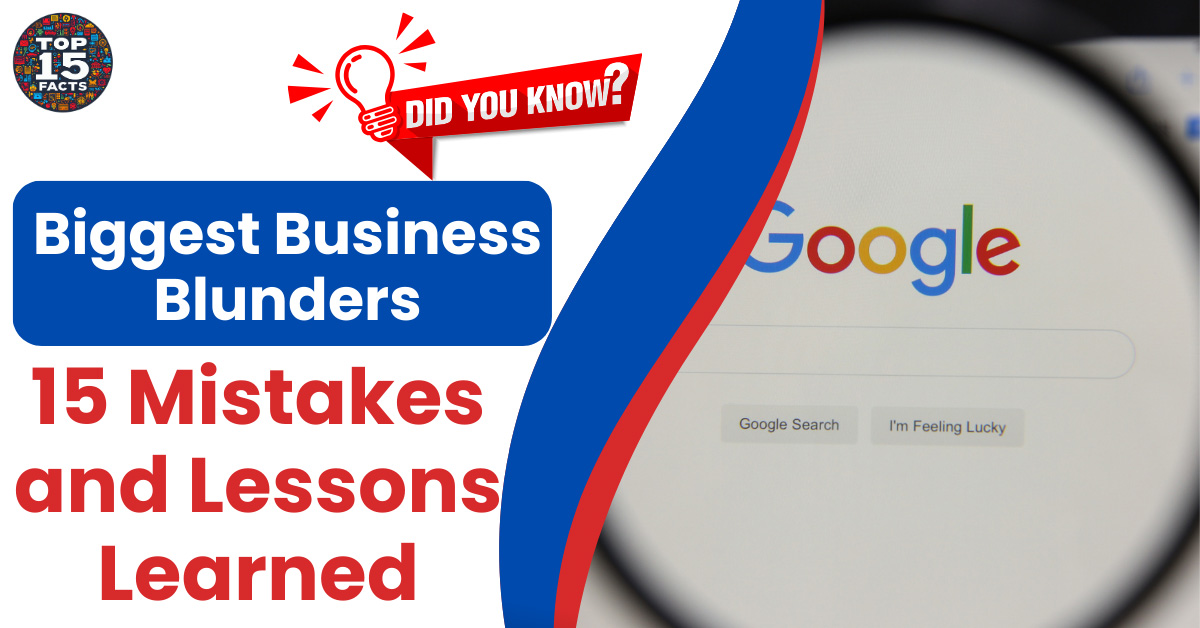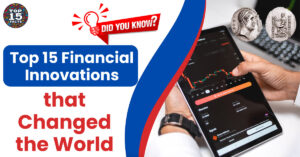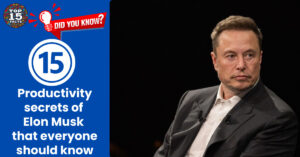Introduction
In the world of business, success stories are celebrated. But equally important are the legendary blunders that led to spectacular downfalls. Understanding these missteps provides invaluable lessons on what to avoid, offering a roadmap for strategic decision-making. Let’s delve into the 15 biggest business blunders of all time and the critical takeaways they offer.
15 Biggest Business Blunders of All Time
- Excite turning down the opportunity to buy Google
- Blockbuster declining to purchase Netflix
- Kodak inventing the digital camera but neglecting to pursue it
- Pets.com’s costly and unsustainable mascot-driven marketing
- Quaker Oats’ disastrous acquisition of Snapple
- M&Ms rejecting the chance to feature in the movie E.T.
- 20th Century Fox missing out on Star Wars merchandising fortune
- The infamous New Coke launch
- Ford Edsel’s automotive flop
- AOL and Time Warner’s disastrous merger
- Alitalia Airlines’s accidental bargain fares blunder
- Mizuho Securities’ $225 million data entry error
- Schlitz changing their beer formula and alienating customers
- Decca Records turning down The Beatles
- Xerox gifting its innovations to Apple
1. Excite turning down the opportunity to buy Google (1998)

In 1998, Google was a fledgling search engine seeking a buyer. Excite, a prominent web portal at the time, had the chance to acquire them for a mere $750,000. However, they dismissed Google’s potential, focusing on their own search technology. This colossal blunder allowed Google to flourish, becoming the internet giant it is today, while Excite eventually faded into obscurity.
Lesson: Don’t underestimate the potential of disruptive technologies. Carefully evaluate new ventures and their impact on your industry.
Read More: Top 15 Financial Innovations that Changed the World | History & Impact
2. Blockbuster declining to purchase Netflix (2000):
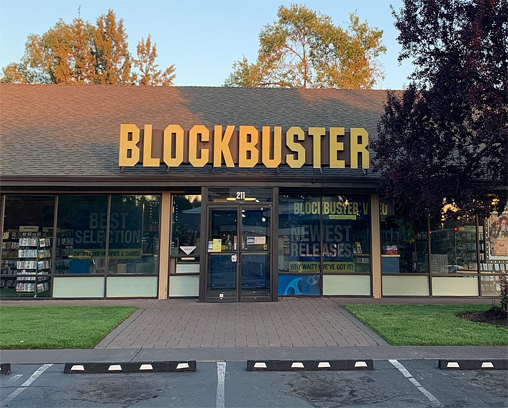
In 2000, Blockbuster, the undisputed king of video rentals, had the opportunity to acquire Netflix, a then-nascent online DVD rental service, for a meager $50 million. Blockbuster executives, however, failed to grasp the potential of online streaming, clinging to their traditional brick-and-mortar model. As internet speeds increased and online entertainment gained popularity, Netflix thrived, leaving Blockbuster in the dust.
Lesson: Be willing to adapt to changing consumer behavior and technological advancements. Ignoring disruptive trends can lead to a swift downfall.
3. Kodak inventing the digital camera but neglecting to pursue it (1975):
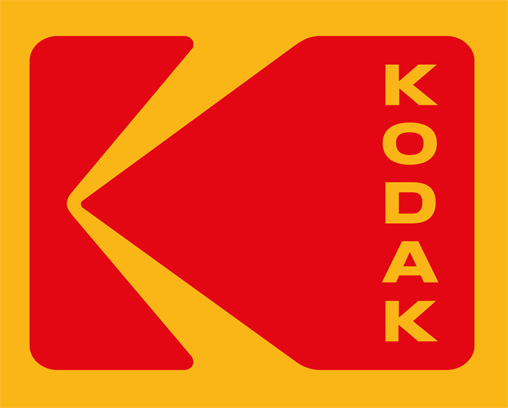
In 1975, Kodak engineers invented the world’s first digital camera. However, fearing cannibalization of their lucrative film business, Kodak shelved the technology for over a decade. By the time they entered the digital market, competitors like Sony had established a strong foothold, leading to Kodak’s eventual bankruptcy in 2012.
Lesson: Don’t be afraid to disrupt your own business model if necessary. Innovation is key to long-term success.
Read More: Top 15 Surprising Ways Social Media Impacts the Economy
4. Pets.com’s costly and unsustainable mascot-driven marketing (1998-2000):

Pets.com, an online pet supplies retailer launched in the late 1990s, gained notoriety for its lavish marketing campaigns featuring a sock puppet dog. While the ads garnered initial attention, the company spent millions on unsustainable marketing tactics while neglecting core business fundamentals like efficient logistics and inventory management. Pets.com burned through vast amounts of cash and ultimately went bankrupt in 2000.
Lesson: Prioritize building a strong business foundation over flashy marketing gimmicks. Focus on operational efficiency and customer satisfaction for sustainable growth.
5. Quaker Oats’ disastrous acquisition of Snapple (1994-1997):
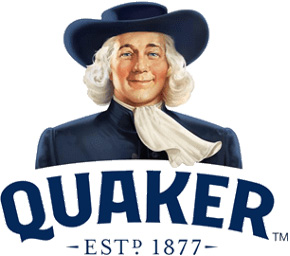
In 1994, Quaker Oats purchased beverage company Snapple for a hefty $1.7 billion, hoping to boost its portfolio with a trendy brand. However, Quaker Oats’ attempts to streamline and standardize Snapple’s quirky image and distribution structure backfired. The acquisition resulted in internal conflicts, alienated core Snapple customers, and ultimately led to Quaker Oats selling Snapple at a significant loss three years later.
Lesson: Thoroughly understand the culture and customer base of a company before acquisition. Avoid heavy-handed management that could damage the brand’s identity.
Read More: 15 Mind-Blowing Facts About the Global Economy | Unveiled
6. M&Ms rejecting the chance to feature in the movie E.T. (1982):

M&Ms had the opportunity to have their iconic candies featured prominently in Steven Spielberg’s classic film, “E.T.” However, Mars Inc. turned down the proposal. This opened the door for competitor Reese’s Pieces, whose sales skyrocketed following the film’s release.
Lesson: Carefully evaluate product placement opportunities, even for seemingly unconventional projects. Strategic partnerships can result in unforeseen marketing success.
7. 20th Century Fox missing out on Star Wars merchandising fortune (1977):
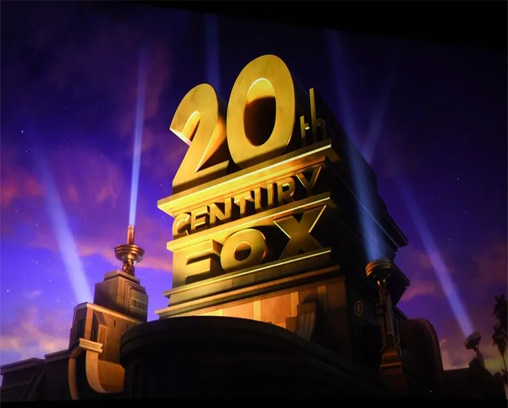
Initially, 20th Century Fox was skeptical about the success of “Star Wars.” To entice George Lucas, they granted him lucrative merchandising rights. Fox executives failed to anticipate the phenomenal merchandise potential of the film franchise, missing out on billions in revenue that Lucas subsequently earned.
Lesson: Recognize the potential for ancillary revenue streams beyond the core product or service. Strategic licensing and merchandising deals can be highly profitable.
8. The infamous New Coke launch (1985):
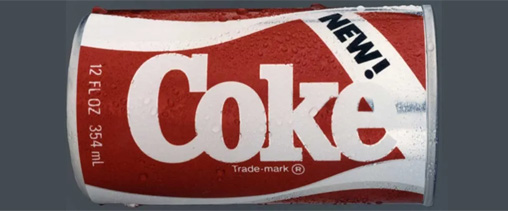
In 1985, Coca-Cola attempted to breathe new life into its flagship product by introducing “New Coke,” a sweeter version of their classic formula. The controversial move faced immense public backlash from devoted Coca-Cola drinkers who demanded the return of the original recipe. Just months later, amidst declining sales, the company backtracked and re-released “Coca-Cola Classic.”
Lesson: Don’t tamper with a beloved brand unnecessarily. Conduct extensive market research before making radical changes to a core product or service.
Read More about this Blunder click this Link The Most Memorable Marketing Blunder Ever?
9. Ford Edsel’s automotive flop (1958):

Launched with much fanfare in 1958, the Ford Edsel was marketed as the car of the future. However, its controversial design, high price point, and quality control issues resulted in abysmal sales. The Edsel became synonymous with commercial failure, with losses for Ford estimated around $250 million.
Lesson: Thoroughly research market preferences and address quality control issues before launching new products. Hype marketing alone cannot overcome poor design and execution.
10. AOL and Time Warner’s disastrous merger (2000):

The merger between internet giant AOL and legacy media conglomerate Time Warner was hailed as a synergy between the old and new media worlds. However, the $164 billion merger was plagued by clashing corporate cultures, overvaluation of AOL stock, and the decline of the dot-com bubble. The disastrous venture is widely considered one of the worst corporate mergers in history.
Lesson: Exercise caution with mega-mergers. Thoroughly evaluate potential synergies and cultural compatibility before making such substantial commitments.
11. Alitalia Airlines’ accidental bargain fares blunder (2006):

In 2006, a data entry error caused Alitalia Airlines to mistakenly price business-class round-trip flights from Toronto to Cyprus at an incredibly low $39. Despite realizing the error, Alitalia decided to honor the purchases, resulting in thousands of tickets sold at a substantial loss to the airline.
Lesson: Have robust error-checking procedures in place. While honoring customer purchases might be positive for branding, such drastic mistakes can be financially damaging.
Read More: The Top 15 Inventions That Changed the World | Discover Their Impact
12. Mizuho Securities’ $225 million data entry error (2005):

Mizuho Securities, a major Japanese brokerage firm, committed a colossal blunder in 2005. Due to a data entry error, they accidentally placed an order to sell one share of JAL (Japan Airlines) for ¥610,000 (approximately $225 million) – a staggering price far exceeding the market value. The error went unnoticed for several minutes, resulting in significant losses for Mizuho.
Lesson: Implement safeguards against data entry errors in financial transactions. Double-checking and verification procedures are crucial to prevent such costly mistakes.
13. Schlitz changing their beer formula and alienating customers (1970s):
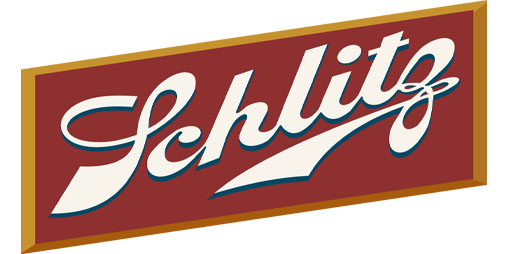
In the 1970s, Schlitz, a popular American beer brand, decided to reformulate their beer to appeal to a wider audience. They aimed for a lighter, less bitter taste. However, the new formula backfired tremendously. Loyal Schlitz drinkers found the new beer bland and inauthentic, leading to a significant decline in sales. Schlitz never fully recovered from this marketing misstep.
Lesson: Be cautious about altering a core product’s identity. Loyal customers value consistency and familiarity. Conduct thorough market research before making drastic changes to a successful formula.
14. Decca Records turning down The Beatles (1962):
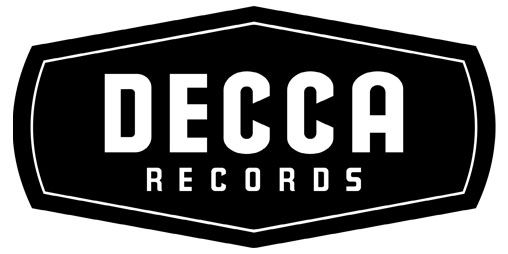
Decca Records holds a place in music history for infamously rejecting The Beatles in 1962. The legendary band was deemed to lack commercial potential by Decca executives who famously remarked, “Guitar groups are on their way out, Mr. Epstein.” Little did they know, The Beatles were on the cusp of a musical revolution. Decca’s colossal error allowed Brian Epstein, The Beatles’ manager, to secure a deal with Parlophone Records, launching the band’s meteoric rise to superstardom.
Lesson: Don’t underestimate the potential of new talent and disruptive ideas. Remain open to emerging trends and unconventional approaches even if they fall outside your traditional understanding of the market. Sometimes the most unlikely ventures can turn into revolutionary successes.
15. Xerox gifting its innovations to Apple (1979):
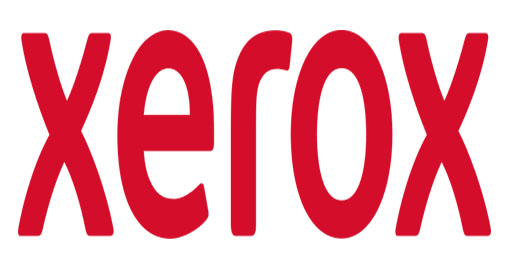
In the 1970s, Xerox’s Palo Alto Research Center (PARC) was a hotbed of technological innovations that would shape the future of personal computing. These included the graphical user interface (GUI), mouse, and networked computers. In 1979, Steve Jobs and his team from Apple visited PARC for a demonstration of these technologies. Xerox failed to grasp the immense potential of their developments and allowed Apple to incorporate these groundbreaking ideas into their Macintosh computers. This gifted Apple a key advantage in creating user-friendly personal computers, revolutionizing the industry.
Lesson: Don’t underestimate the value of your own research and development. Recognize the potential of new technologies and their applications, even if they don’t immediately align with your current business model.
Conclusion:
History is riddled with colossal business blunders, reminding us that even giants can stumble. These failures highlight the importance of foresight, adaptability, calculated risk-taking, and understanding your customers. By learning from these epic missteps, businesses can increase their chances of making sound decisions and achieving long-term success.
15 FAQs
-
What is the most common cause of business blunders?
The most common cause is a failure to adapt to changing market trends, new technologies, and evolving customer preferences.
-
Can small businesses fall into the same traps as large corporations?
Absolutely. Small businesses may have fewer resources for market research or face pressure to mimic unsustainable practices of competitors.
-
How can I avoid making similar mistakes in my own business?
Prioritize market research, embrace innovation, actively seek customer feedback, and develop thorough business plans with a focus on long-term goals.
-
Isn’t it risky to disrupt your own business model like Kodak did?
Yes, but sometimes failing to disrupt yourself can be even riskier. Companies need to assess potential threats and adapt proactively.
-
How do you know if a marketing campaign is too costly, like with Pets.com?
Analyze the campaign’s return on investment (ROI). Is it bringing in enough revenue to justify the expense, or is it just flashy but unsustainable?
-
What’s the difference between a calculated risk and a reckless decision?
Calculated risks involve research and planning, while reckless decisions are impulsive and disregard potential consequences.
-
How can I encourage my team to speak up if they see potential problems?
Foster a culture of open communication where employees feel their concerns will be heard without fear of negative repercussions.
-
What are some warning signs that a business might be heading for a blunder?
Look for declining sales, customer dissatisfaction, internal conflict, outdated technology, and an unwillingness to explore new ideas.
-
What should I do if I realize my business has made a mistake?
Act quickly, acknowledge the error, be transparent, develop a plan to address the issue, and learn from the experience.
-
Can a business ever fully recover from a major blunder?
Recovery is possible but depends on the severity of the mistake, the company’s response to it, and efforts to rebuild trust.
-
Why is it important to understand the company culture before an acquisition?
Mismatched cultures can lead to clashes, low morale, and failure to achieve the intended benefits of the acquisition.
-
How can product placement in movies benefit a company?
It increases brand exposure, can reach a huge audience, and creates a positive association with the film.
-
How can you be sure that a major change to a product won’t alienate customers?
Extensive market research, focus groups, and gradual product rollouts can help assess customer reactions before making significant changes.
-
How can I spot disruptive trends that might seem unconventional?
Stay informed about emerging technologies, look outside your industry for inspiration, and pay attention to niche markets and startups.
-
How can I protect my business from data entry errors?
Implement double-checking procedures, automated error detection systems, and provide staff training to prevent costly mistakes.

